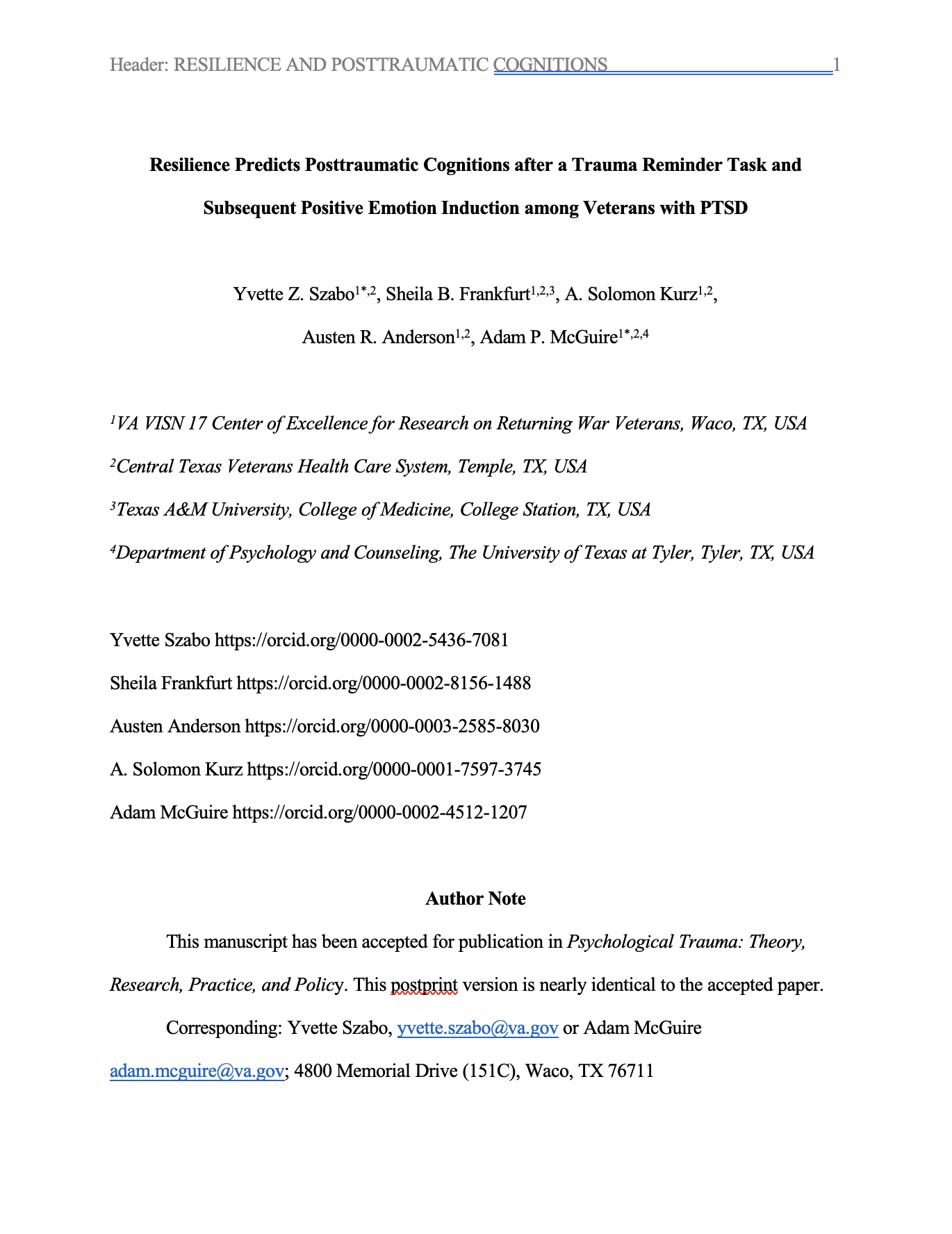
Exploring the longitudinal clustering of lifestyle behaviors, social determinants of health, and depression
Abstract Lifestyle behaviors such as exercise, sleep, smoking, diet, and social interaction are associated with depression. This study aimed to model the complex relationships between lifestyle behaviors and depression and among the lifestyle behaviors. Data from three waves of the Midlife in the United States study were used, involving 6898 adults. Network models revealed associations between the lifestyle behaviors and depression, with smoker status being strongly associated with depression. Depression, smoker status, age, time, and exercise were some of the most central components of the networks.

